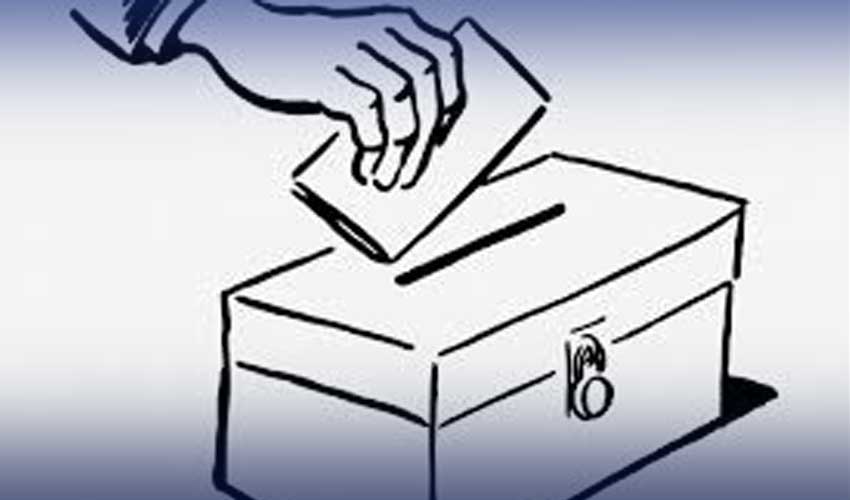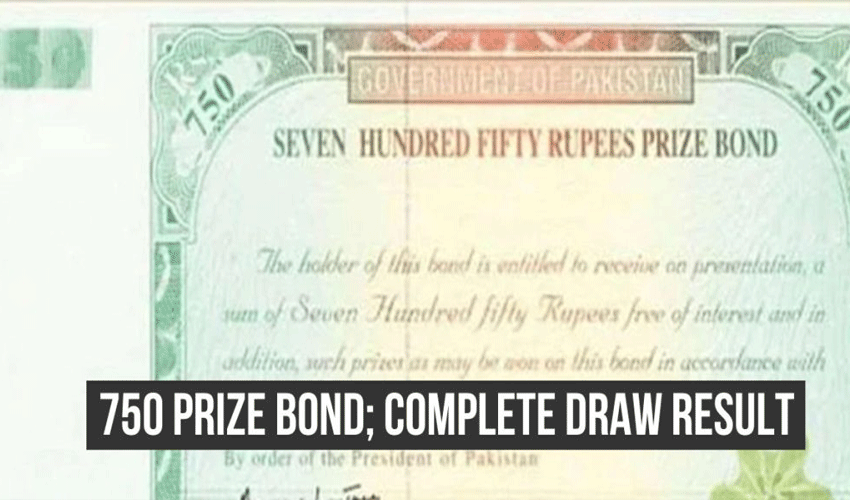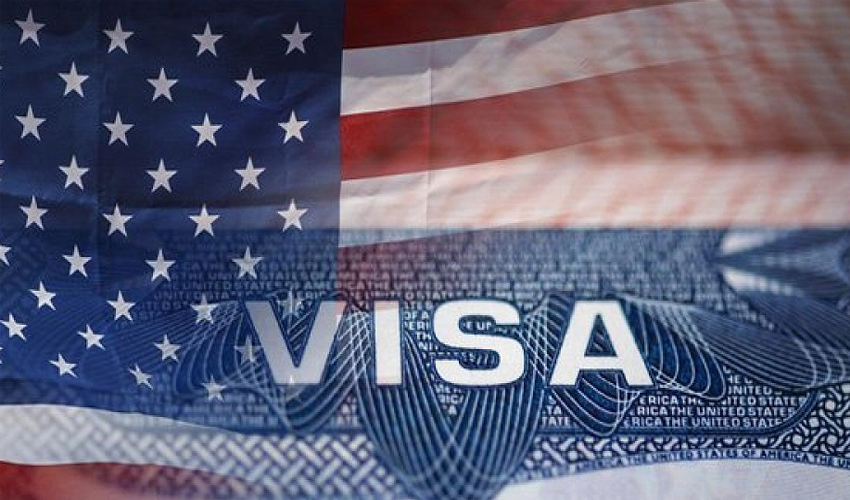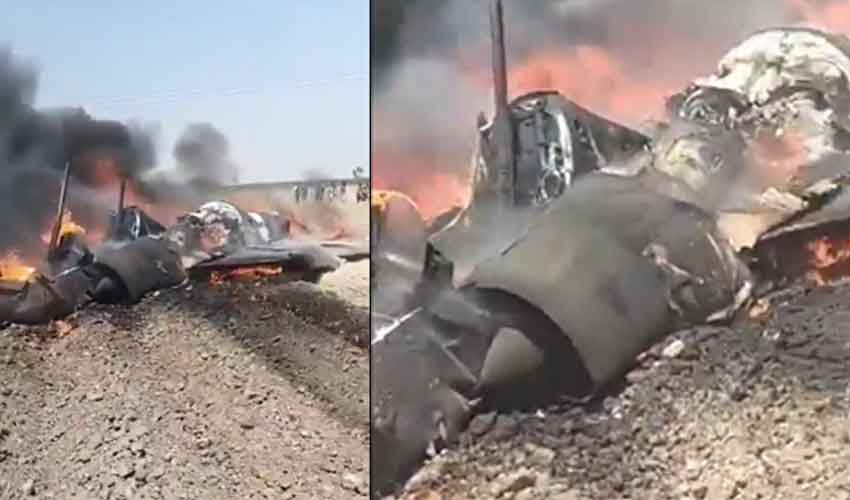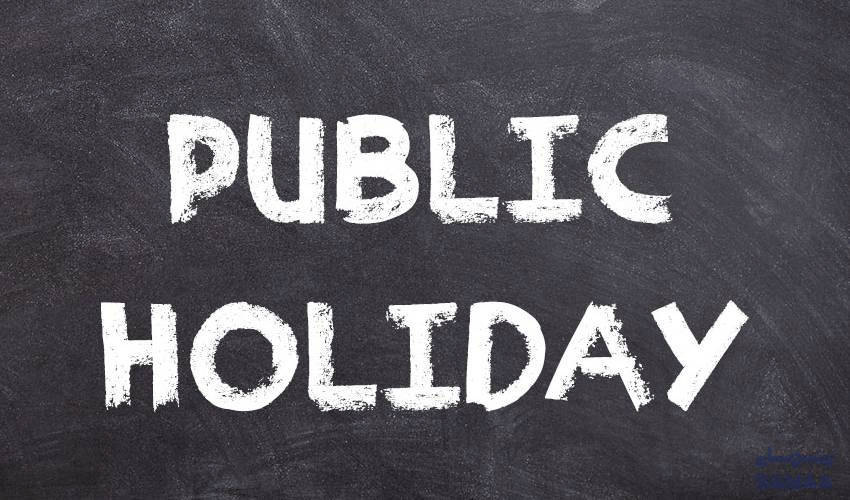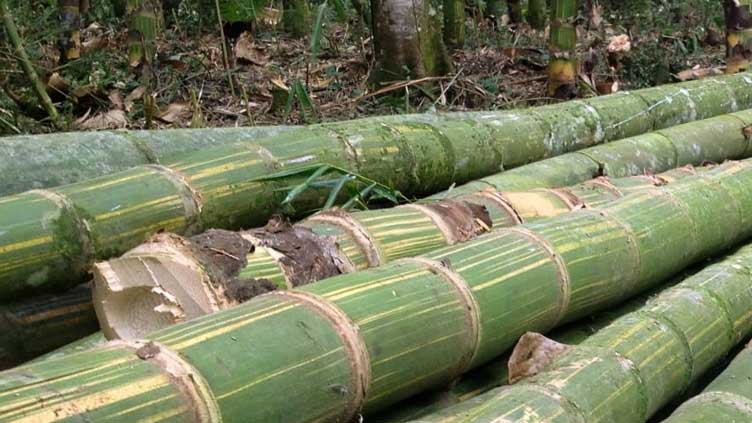The second phase of elections in Indian-administered Kashmir saw a notably low voter turnout, particularly in Srinagar, where only 29.27% of eligible voters participated. This marks a significant decrease in engagement compared to previous elections.
Omar Abdullah, a prominent Kashmiri politician, attributed the low turnout to dissatisfaction with the central government's policies. He suggested that public trust in the administration has waned.
The elections, which began on September 18, are the first to be held in the region since the Indian government revoked Kashmir's special status in 2019. This move, which involved the abrogation of Article 370, has been a point of contention among many Kashmiri residents.
In Srinagar, approximately 70% of registered voters chose not to participate in the electoral process. This abstention was observed across various demographics, including in Hindu-majority areas of Jammu.
The Bharatiya Janata Party (BJP), India's ruling party, has portrayed the elections as a sign of normalcy returning to the region. However, the low turnout figures present a contrasting narrative.
Critics argue that the elections are an attempt to project an image of stability to the international community, while underlying tensions persist.
The electoral process in Kashmir has historically been complex, with the last full state elections held in 2014. The current elections are taking place in a changed political landscape following the 2019 constitutional changes.
As the election progresses, the disparity between official statements and on-ground participation continues to be a subject of debate and analysis.





